
 Doka formwork ... helps the Burj Dubai scale 80.
Doka formwork ... helps the Burj Dubai scale 80.
As the Burj Dubai began to tower over other skyscrapers in Dubai’s cityscape, it also became a sort of giant timepiece for Dubai’s residents, with the mega-structure rising by one level every four days, says a spokesman for Austria-based Doka Formwork Technology.
“Then, time began to fly as the contractors – a consortium of South Korea’s Samsung Corporation, Belgium’s Besix and the local Arabtec Construction – cut the cycle time to three days!” he says.
The Burj Dubai has now reached a height of 80 storeys, half the final 160 storeys that will make it the world’s tallest tower at more than 700 m – although the final height of the tower is still a well-guarded secret.
The joint venture opted for the latest techniques in order to fast-track construction of the prestigious building, which include the use of Doka’s SKE 100 for the tower’s wall construction.
For this major development, Doka is supplying more than 5,000 sq m of Top 50 formwork, which are lifted with 226 Doka automatic climbers and make 180 climbing steps in order to complete the 600-m-high central core. Throughout construction of the record-height tower, the highest safety and working environmental conditions are being further endorsed with Doka’s protective screens systems, protecting against high winds and falling objects.
“It has been a learning curve. At the start it took longer but then this was because we had to assemble the form systems and that takes time. In addition, there was more formwork handling required at the lower storeys compared with the upper storeys,” say Kyung-Jun Kim of Samsung, the project director. “We have speeded up the project as we have gained experience. The first time it took a week for constructing one level, then six days, then progressively less time until now when we are down to three.”
The project is already racing some 15 to 20 days ahead of schedule, and by the end of this year, is expected to be closer to the 100-storey rather than the scheduled 92-storey mark as planned.
Already having touched 80 storeys, the Burj Dubai has attained the height of the nearby Shangri La Hotel building on Sheikh Zayed Road and rapidly approaching the height of 321-m Burj Al Arab project – two other towering projects which also used Doka self-climbing formwork systems.
The Doka self-climbing system is being used for all centre core walls and wing core walls, rising ahead of the slab works. In addition, the project is deploying Doka self-climbing protection screens for complete exterior enclosure of slab works. As well as a safety measure, the screens have doubled up as advertising hoardings for the joint venture’s client, property developer Emaar.
“The Doka system was chosen because it met all the criteria ranging from technical requirements to the safety issues. It is a safe system and the Doka form assembly can accommodate all of the changes in the construction process, such as different wall thicknesses, which range from 600 mm through 800 mm to 1.3 m,” elaborates Kim, who previously headed up the tall building team at Samsung and worked on the Petronas Tower project in Kuala Lumpur.
“From the outset, we sat down with the engineers from Doka to consider in advance all the changes. There was a very strong commitment from the company to develop the best system that would achieve our goals and they have given us both engineering and site support, with the result that we have all the solutions we need,” he adds.
The Burj Dubai, with a cross-section architectural design reminiscent of the hymenocallis desert flower, has a base floor plate of 3,500 sq m. Towards the top floor, this will have reduced to approximately 500 sq m. It has a three-section central core and three wings.
In order to keep the measurements of the structure down to a minimum, and to be able to bear increasing loads as the tower progresses, concrete with high compressive strength is being used. According to design, concretes with a compressive strength of C80A (with maximum particle size of 20 mm) are specified for the base plate and for the walls up to level 26 (95 m); C80 (with maximum particle size 14 mm) for the walls up to level 126 (450 m); and C60 being used for the walls up to level 154 (570 m); and C50 is compulsory for concreting the decks of all storeys.
To deliver the concrete to record heights, specially developed high-pressure pumps were designed to attain extreme delivery pressures, says Doka spokesperson Heinrich Ecker.
Ecker further elaborates that Putzmeister free-standing placing booms have been positioned on 16-m-high tubular columns and are anchored with girders to the working platform of the respective wall formwork. The booms are raised together with the formwork by the Doka system from one concreting section into the next.
Concreting in the core section is carried out by an even larger stationary boom with a 32-m reach, positioned on a 20-m-high tubular column and is supported and raised by Doka self-climbing system.
“The 1,000 tonnes of Doka formwork material comprises the SKE 100 self-climbing system, a Top 50 wall formwork system and lifter hydraulic units. Re-using the system is designed to exceed 160 levels,” he says.
With the central core at level 80, the wings are between and 15 floors behind.
“In the three-day cycle, day one sees the pre-assembled cage installed inside the formwork and inspected during day two. Concrete is cast on the third day and after 10 hours the form is struck and jacked up to the next floor,” Ecker points out.
The Doka protective screens are being used for the first time in the region and were specified because of the high winds in the region.
“As the building goes higher, the wind is stronger and we have had to stop work when the wind speed exceeded 10 m/sec. These screens provide protection and prevent falling objects and also enables the workers to work inside a safe area,” adds Kim.
Towering challenges indeed, but despite that, the Burj Dubai project is coming along at a record speed, even if the locals can no longer set their watches by the speed of progress.


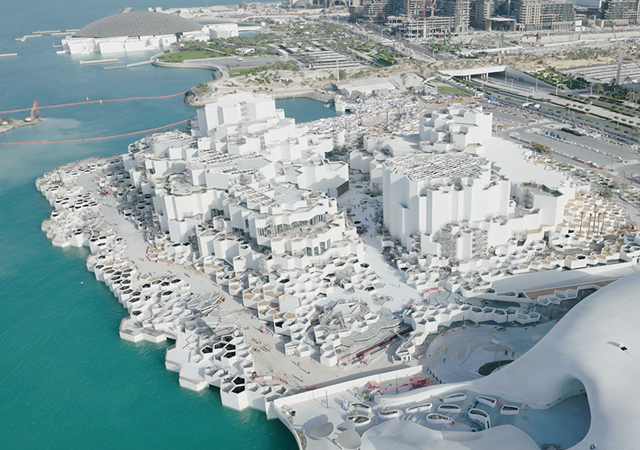
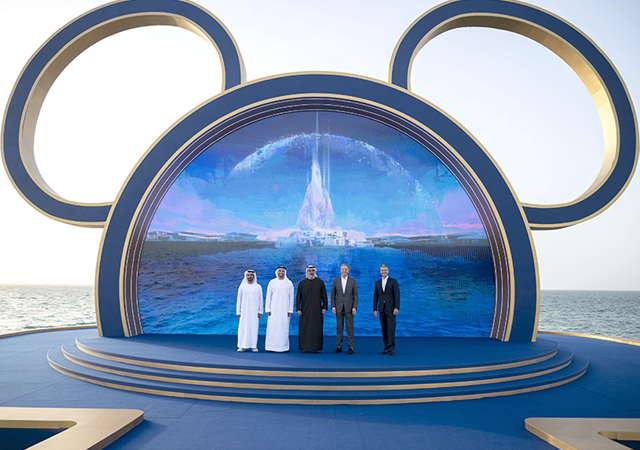

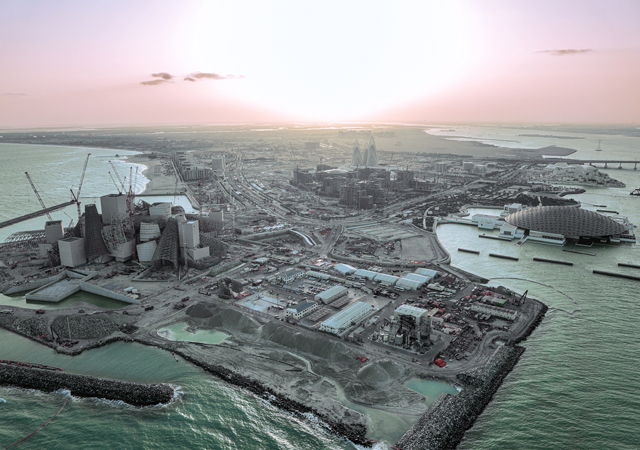

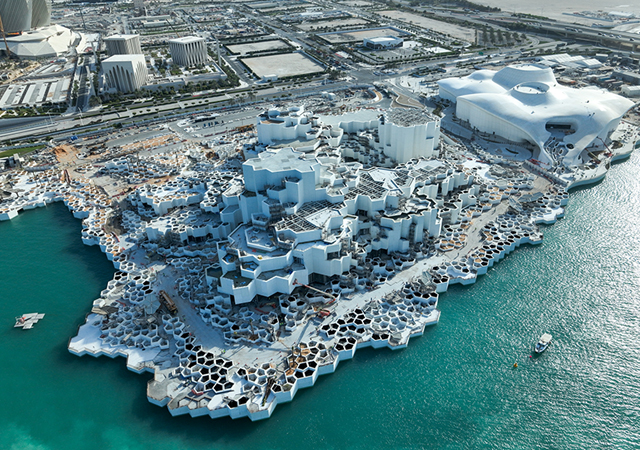
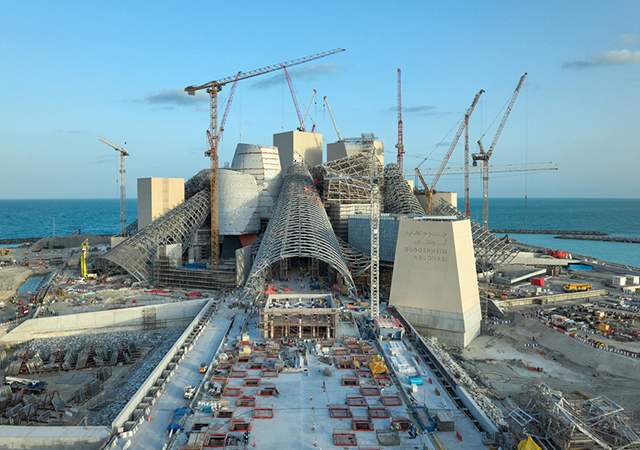
.jpg)


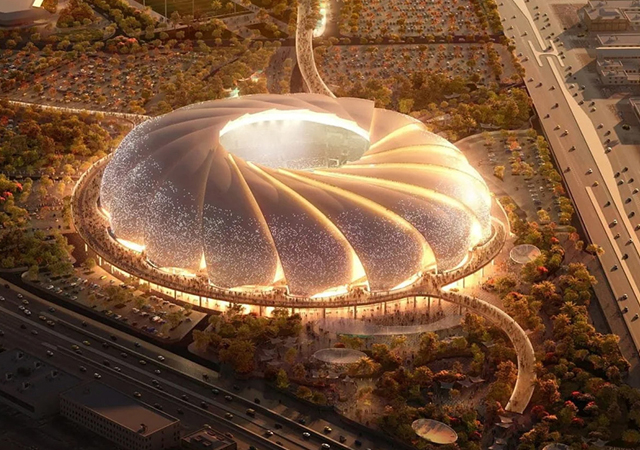

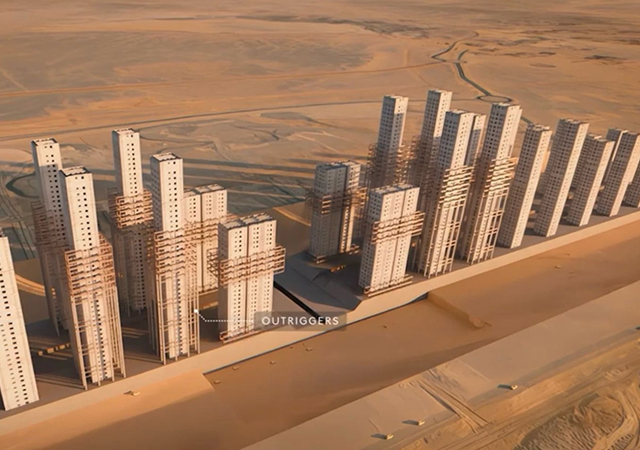
.jpg)

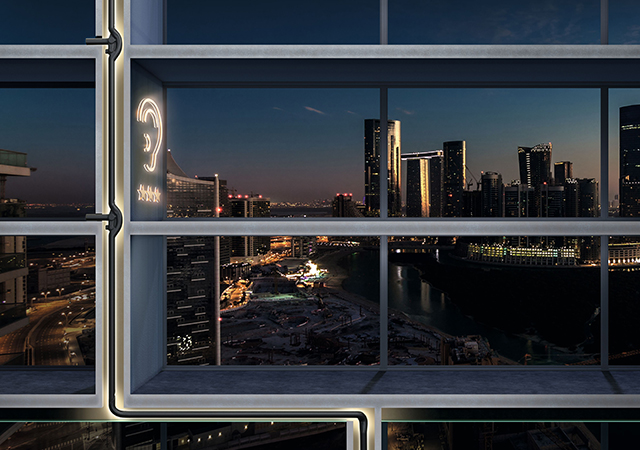
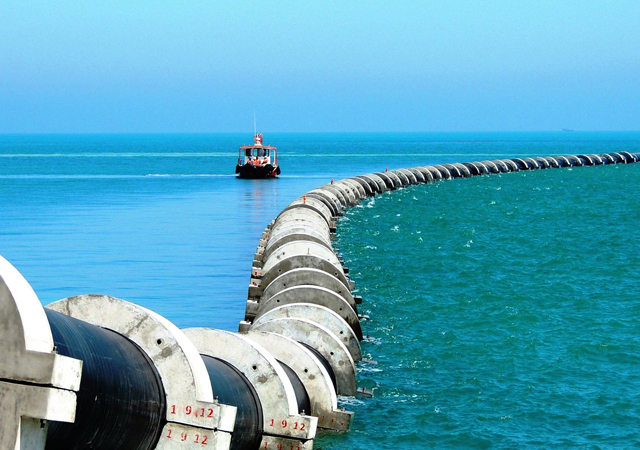
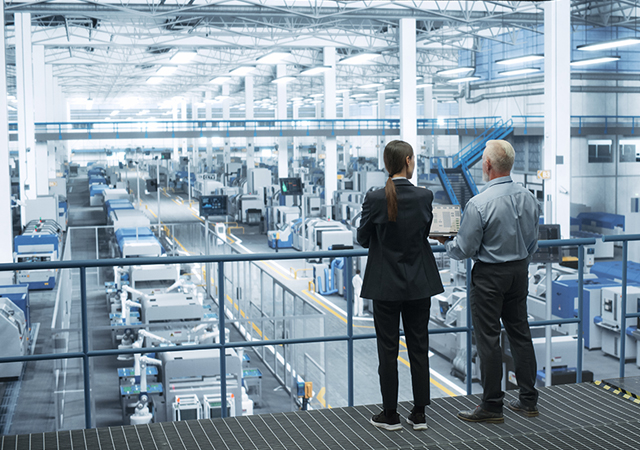

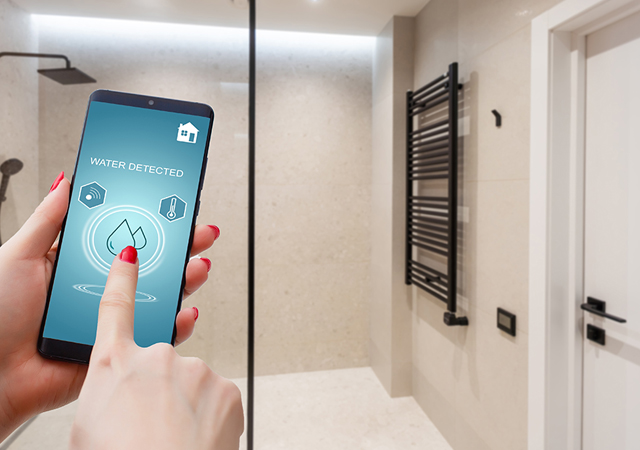
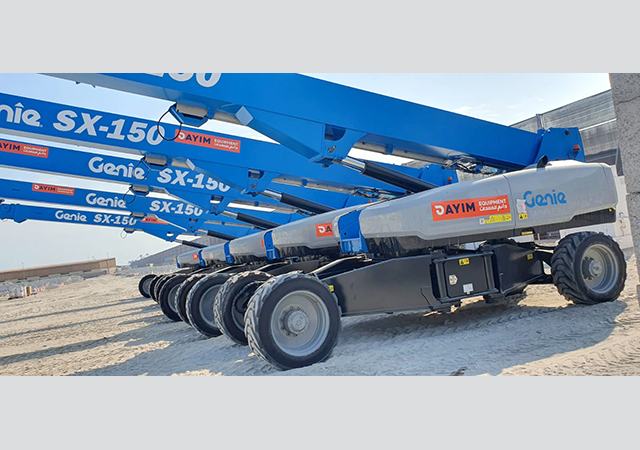
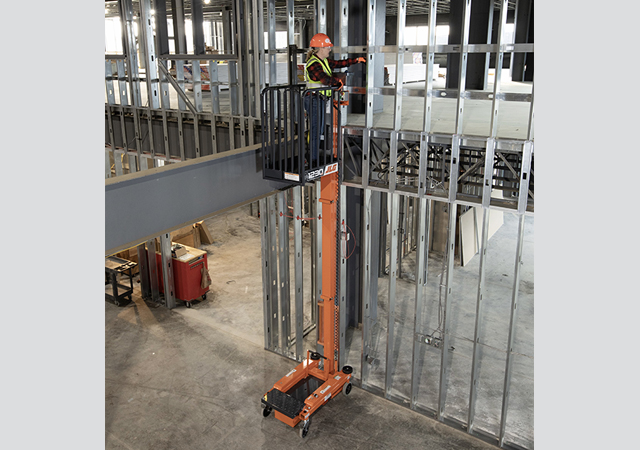
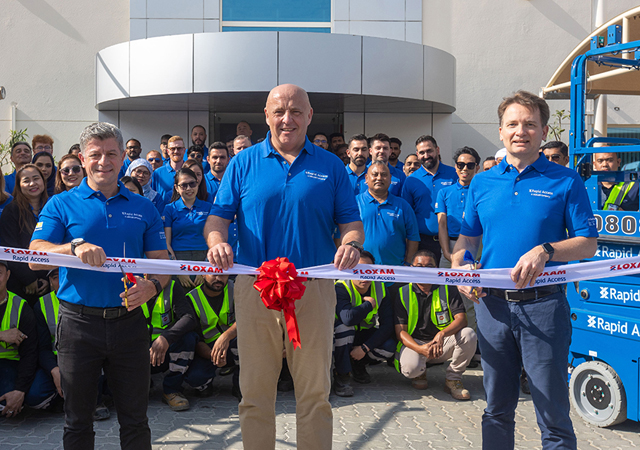
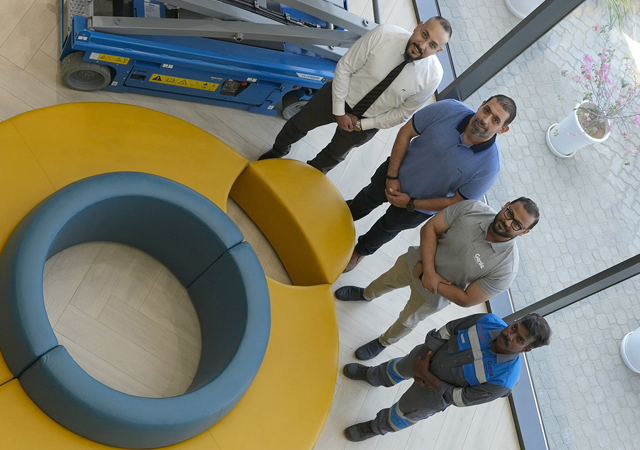
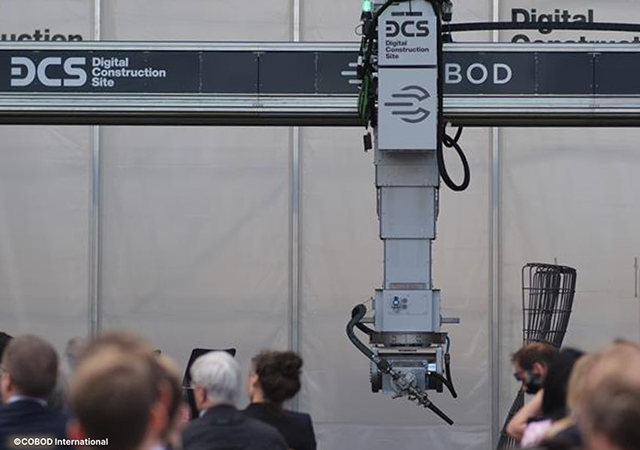
Doka (2).jpg)
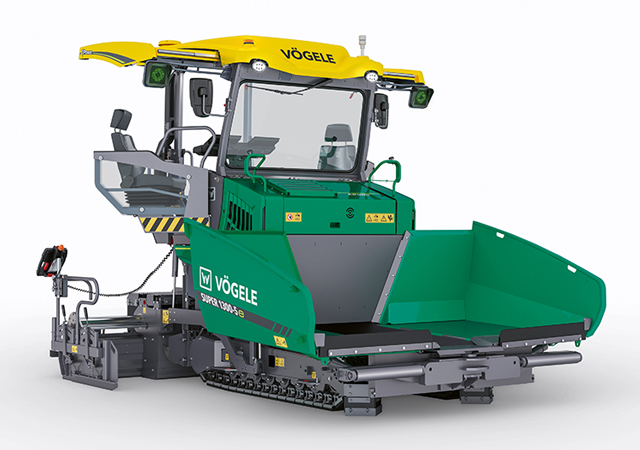
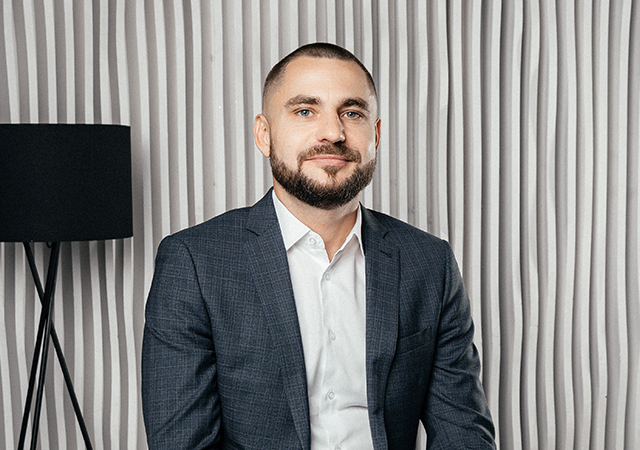

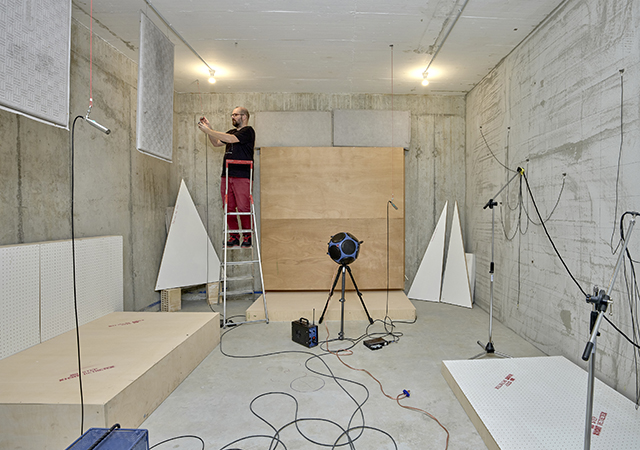
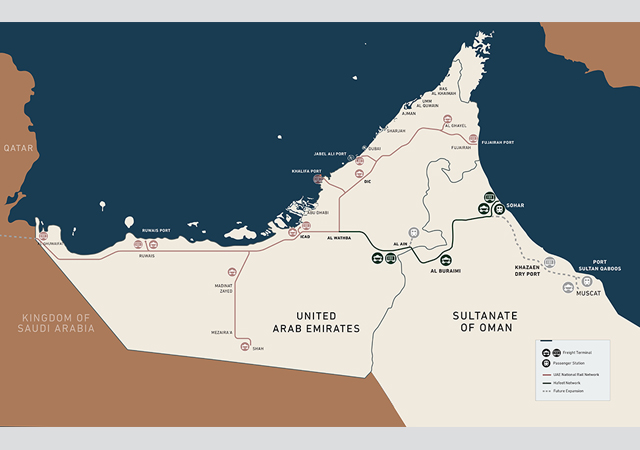
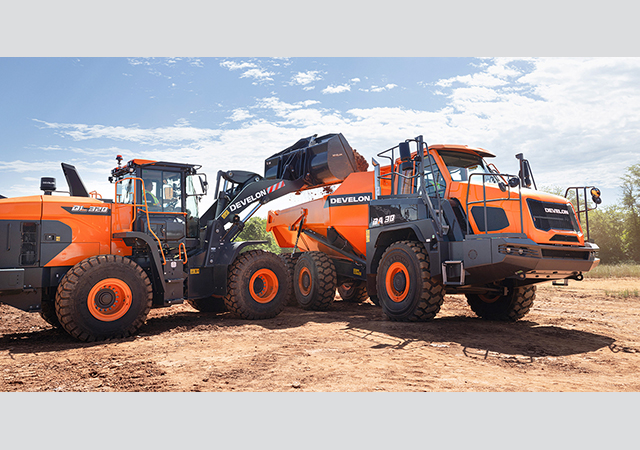
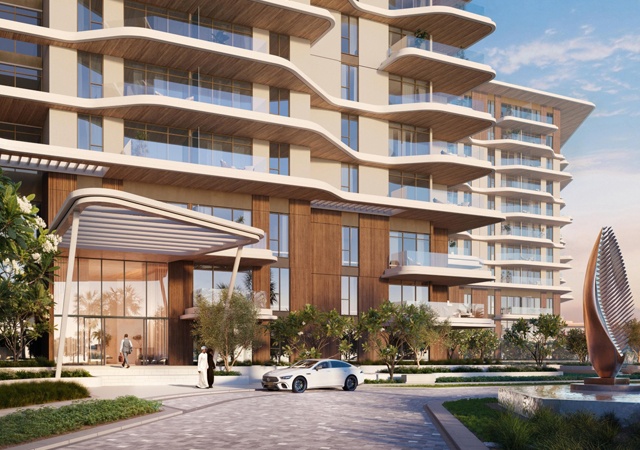

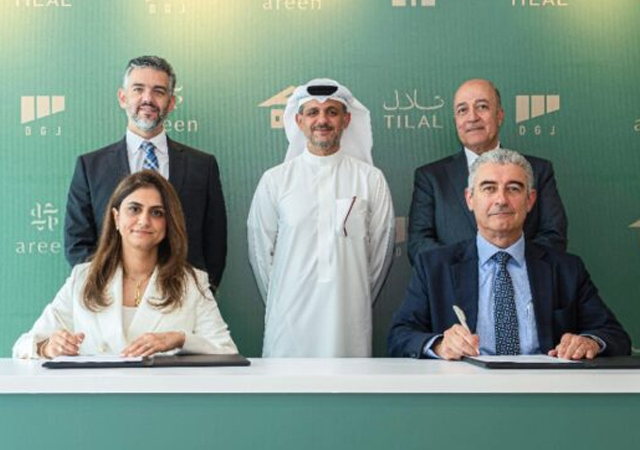
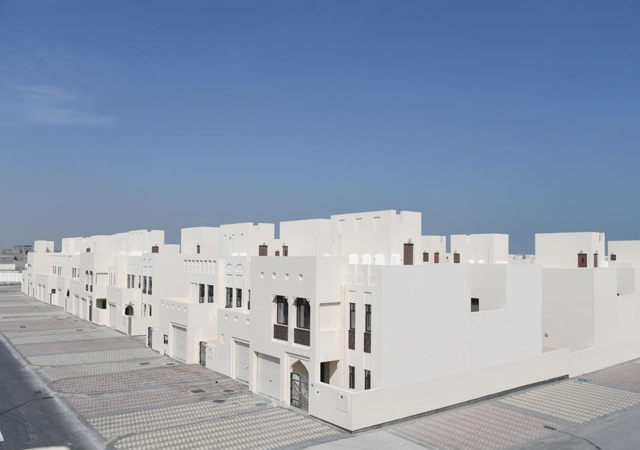


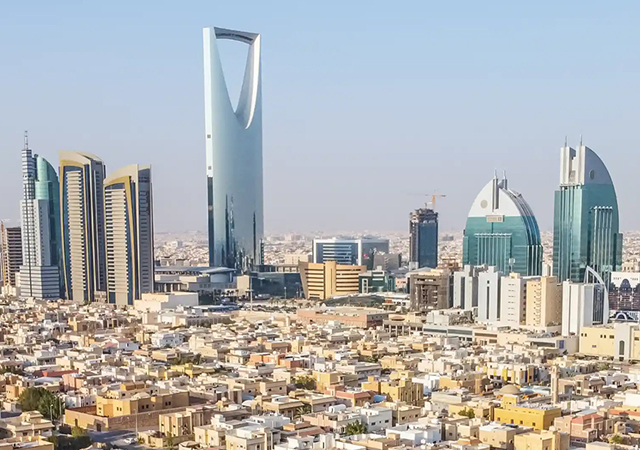
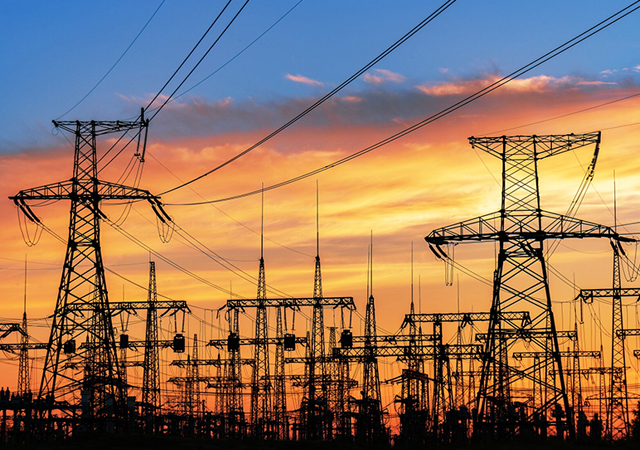
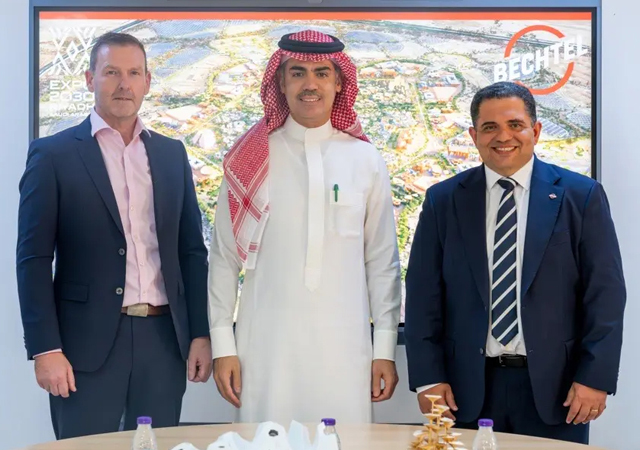
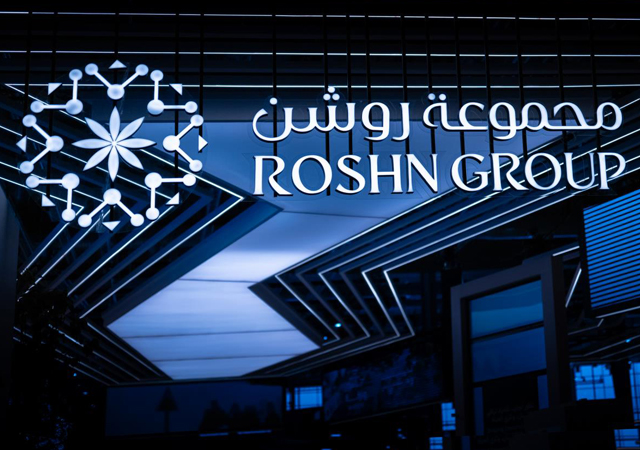
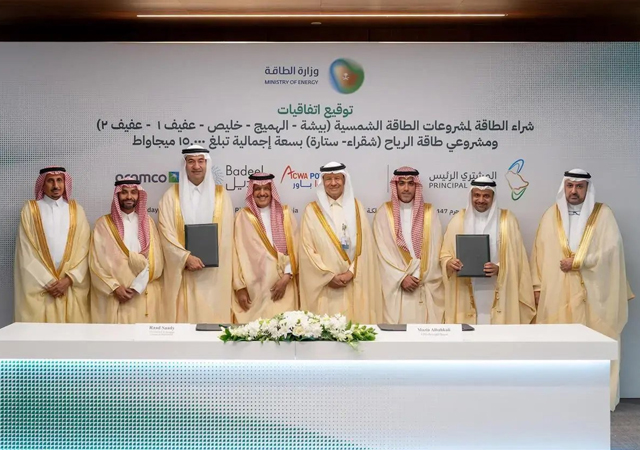
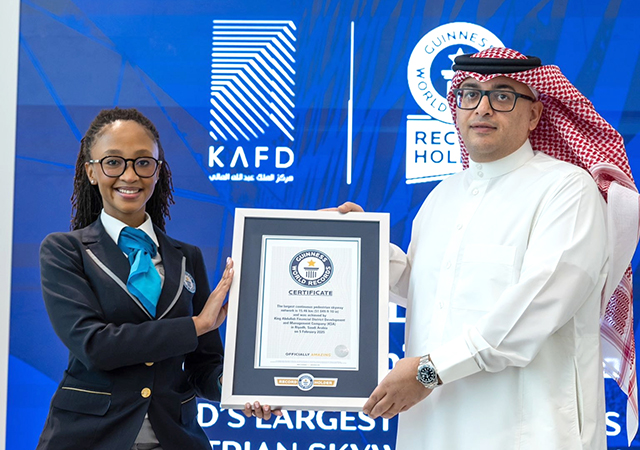
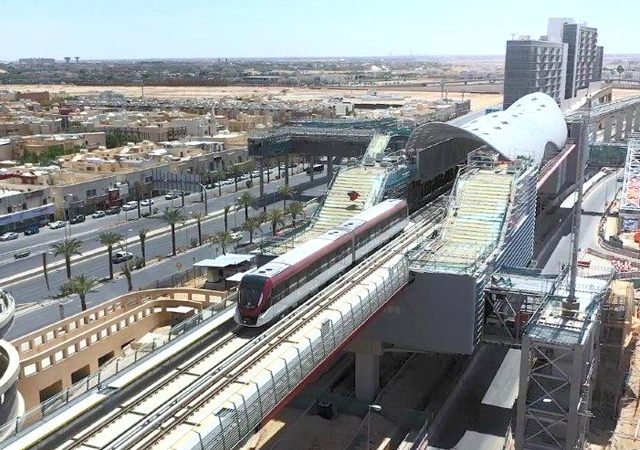
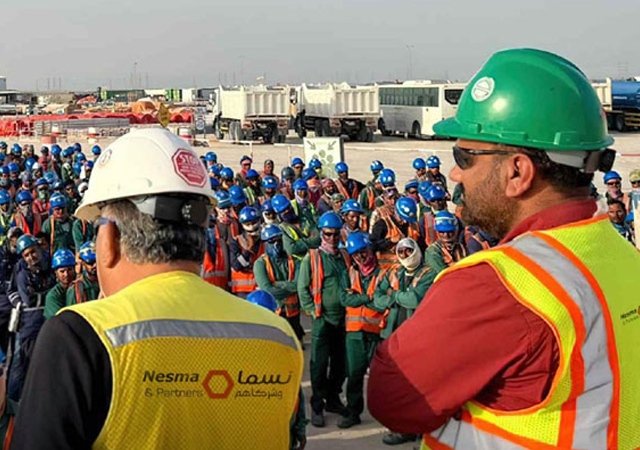
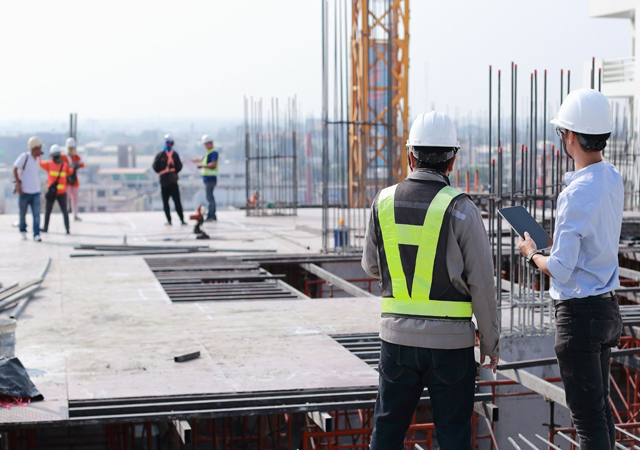
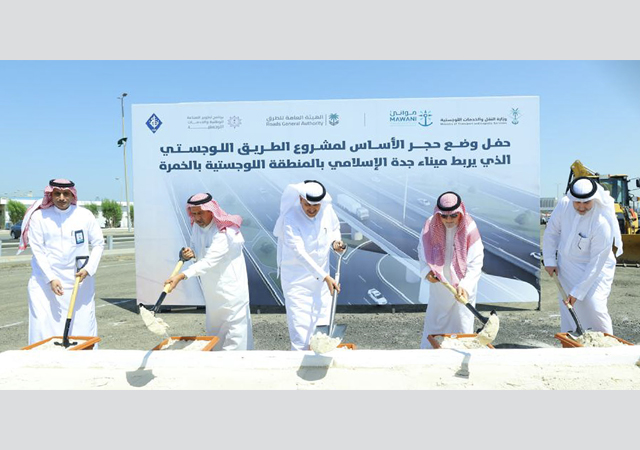
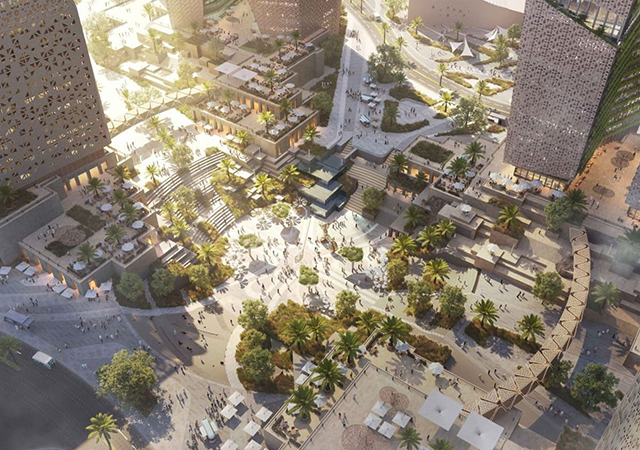
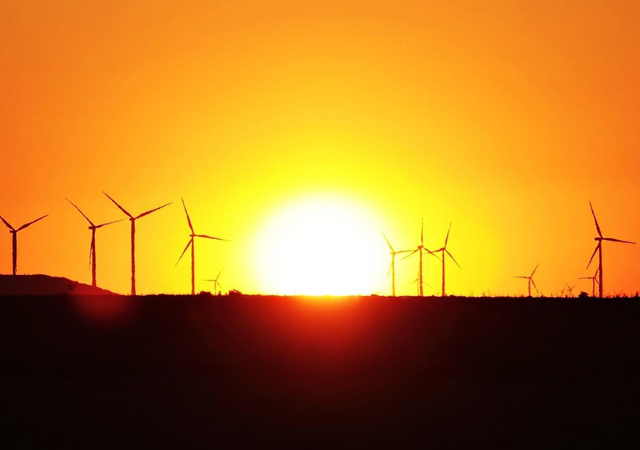

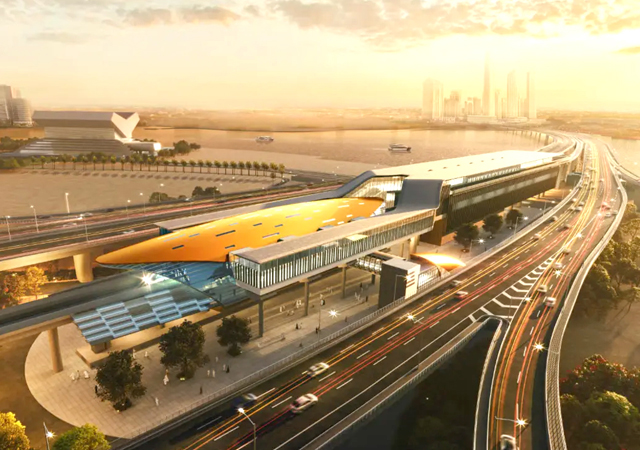
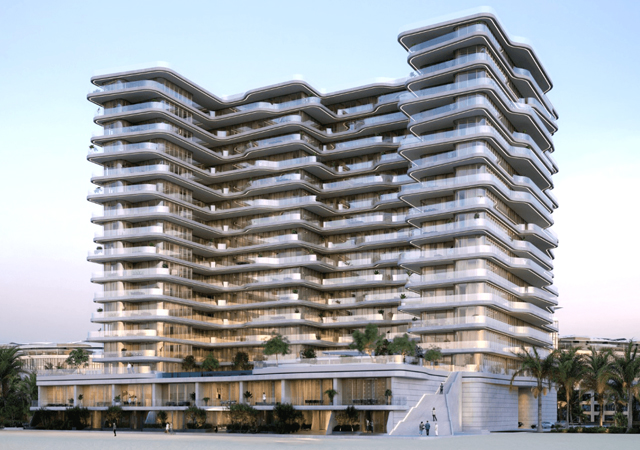

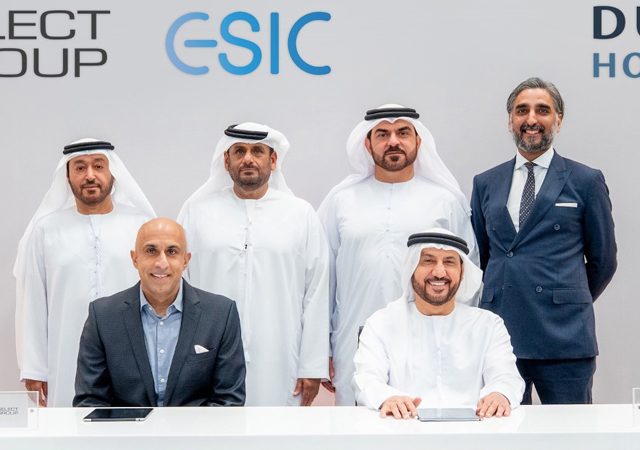
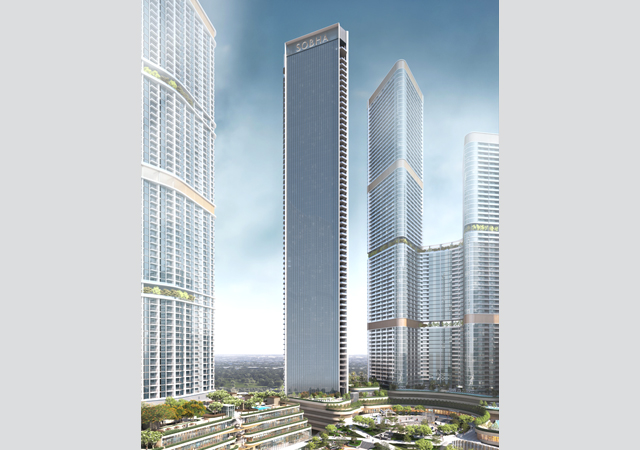
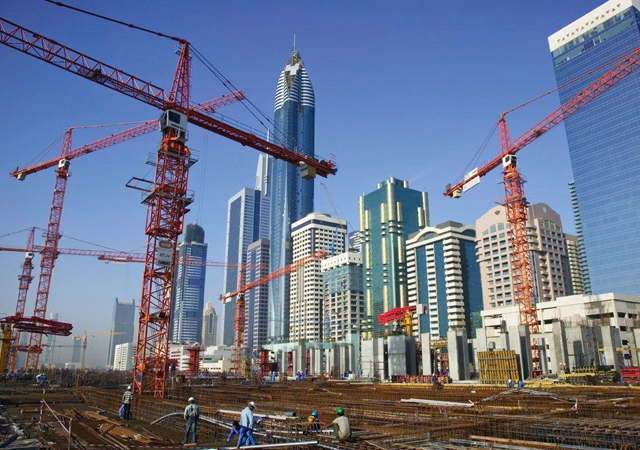
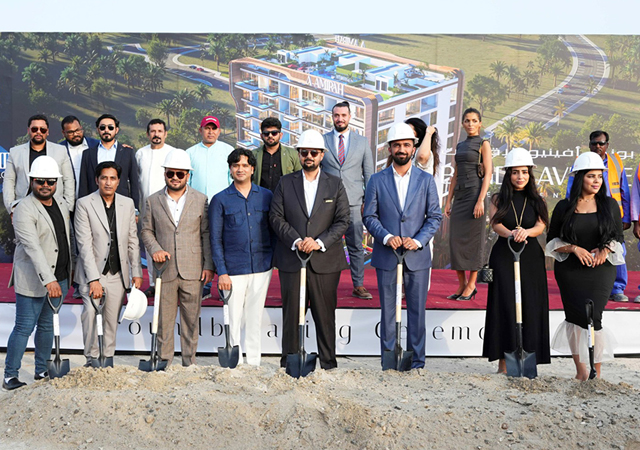
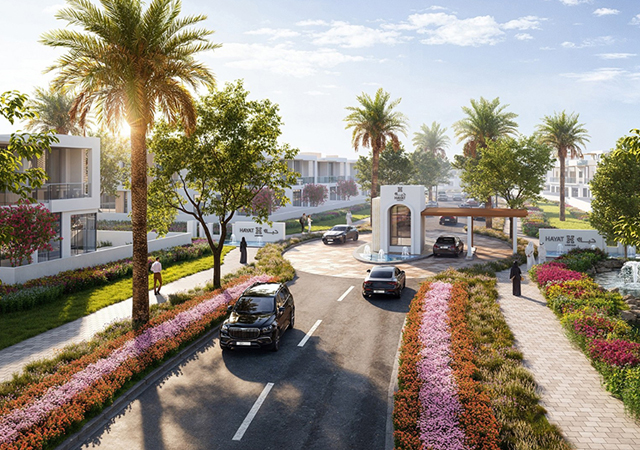

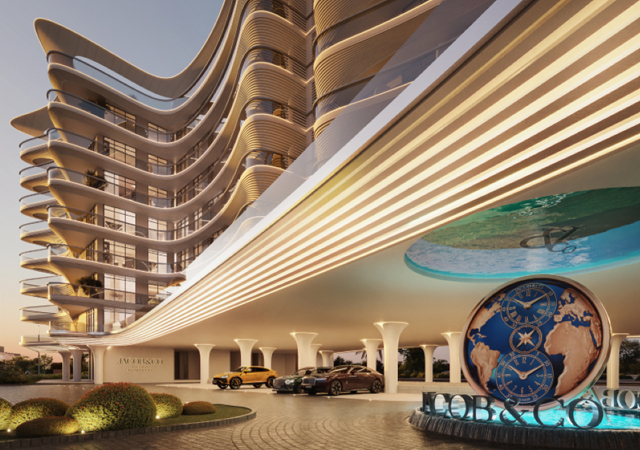



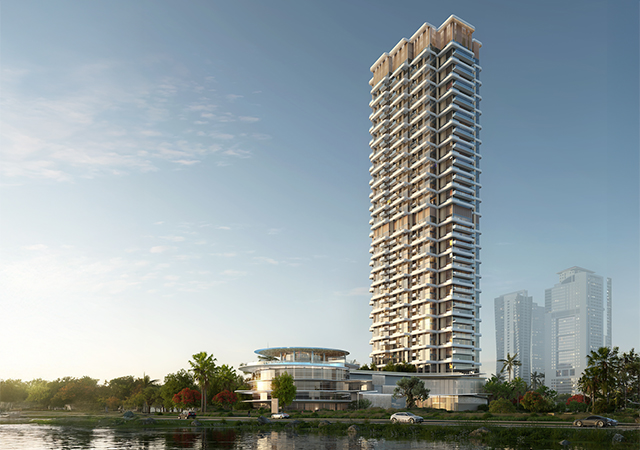

.jpg)
.jpg)
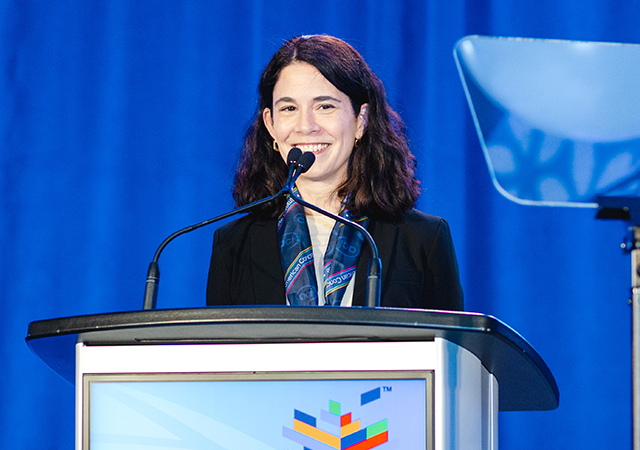
.jpg)









